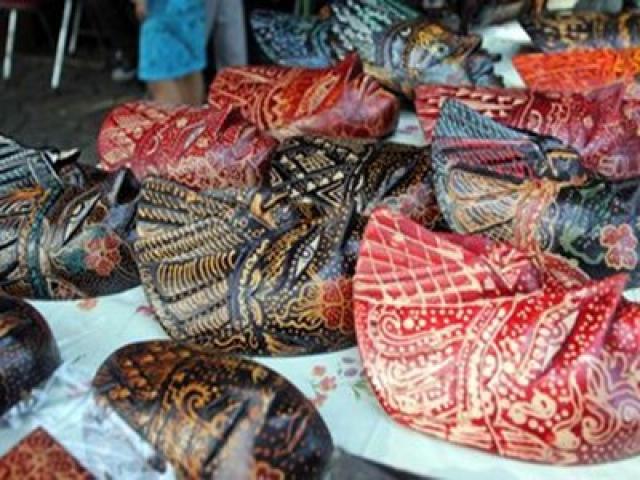
Krebet Village was a forest on Selarong Hill and uninhabitable. It is because of bush shrubs, and very few trees were worthless. Over time, many people tried to open forests for agriculture. One descends from Mangir residents spread north to the village area, and Triwidadi Sedayu village was grandmother Kasem trying to open land.
To facilitate this Grandmother answered questions about the neighbourhood. She cleared the land or cultivated, and the grandmother was called one of the greatest names of trees, called Krebet. The tree is still at the crossing road near Punokawan studio and Tirto Waluyo water spring.
No wonder the public eye of Triwidadi relies on the life of farming. Most crops were planted polo-dependent, polo gumantung, polo kesimpar, and polowijo. The side effect is plenty of guavas found in the Selarong cave. However, for whatever reason, they changed their livelihoods, many formerly worked as farmers, but now are turning into wooden craftsmen. They had been looking for a side business part because agriculture is seasonal and depends on rain-fed irrigation. Even the residents had worked as loom makers Bagor (bag) made from the leaves, namely Gebang Agel. But, it was not long because of being pressured by a plastic bag.
Krebet is a unique place and surrounds it using the name of the village, like Pringgading, Dadapbong, Serut, Kalibagor, Kalinongko, and others. Krebet is still attached to culture in ancestral ritual ceremonies, including Suran, Ruwahan, and Selikuran.
